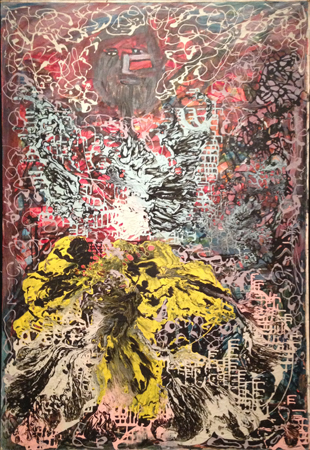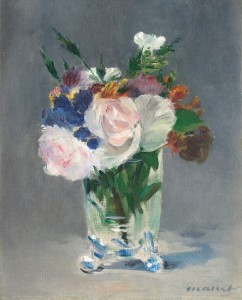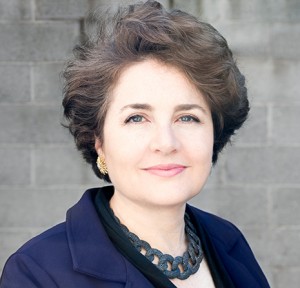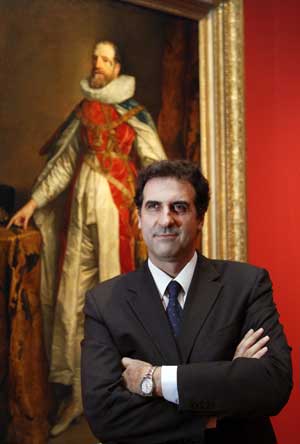Nearly 40 years after the creation of The Drawing Center in New York, the Menil Collection in Houston has broken ground on The Menil Drawing Institute (pictured below)–and I haven’t seen any national publicity. Could it be that the subject is “drawings?” Not very sexy to most editors.
It will be interesting to watch the Menil’s trajectory.
The two, New York and Houston, are a little different, as follows:
The Drawing Center is the only fine arts institution in the U.S. to focus solely on the exhibition of drawings, both historical and contemporary. It was established in 1977 by curator Martha Beck (1938-2014) to provide opportunities for emerging and under-recognized artists; to demonstrate the significance and diversity of drawings throughout history; and to stimulate public dialogue on issues of art and culture.
While in Houston:
Funded through the $110 million Campaign for the Menil, which to date has achieved 70 percent of its goal, the MDI will be the first freestanding facility in the United States designed expressly for the exhibition and study of modern and contemporary drawings.
Still, I don’t think the Drawing Center, located in Soho, has always had an easy time of it–either raising money, balancing its budget or attracting crowds. That’s despite the fact that it has had excellent exhibitions over the years. Recent attendance is about 55,000 a year, the Center says. At one time, the Drawing Center was a candidate for moving downtown, one of the non-profits mentioned in reconstruction of the area around the World Trade Center. It reconsidered (or was forced to) after concerns arose about its programming: namely, would they be sensitive to the hallowed ground at the 9/11 site.
Instead, the Drawing Center decided to stay where it was (for now). According to The New York Times,
“The economy made us re-evaluate what scale of project we want,†said Brett Littman, the Drawing Center’s director…“We’re like a nice small jazz club — the scale of what we do is intimate, drawings tend to be pretty small. The board leadership and myself have come to the conclusion that maybe the Drawing Center shouldn’t be 30,000 square feet. It’s not in the cards for us.â€
Its current place is 2,500 sq. feet.
Interestingly, the Menil facility IS 30,000 sq. feet. More details, from the Menil Press Release:
The 30,000-square-foot, $40 million MDI building, designed by the Los Angeles-based firm of Johnston Marklee, will provide unprecedented access for both the public and scholars to the Menil’s outstanding collection of drawings, which has grown rapidly in recent years through major gifts from donors including Louisa Stude Sarofim, William F. Stern, Cy Twombly, and David Whitney. The landscape design for the MDI, which is integral to the project and creates a new parklike space for Houston within the Menil campus, is by Michael Van Valkenburgh Associates.
David Breslin was named chief curator earlier this year and he took up his post this month.
The MDC is expected to open in 2017.
I can’t not mention another drawing institute–that of the Morgan Library and Museum.  It’s a research center, but of course the Morgan itself focuses on works on paper, including drawings. The Menil’s current exhibition is Becoming Modern: Nineteenth-Century French Drawings from The Morgan Library & Museum and the Menil Collection.Â
Breslin made an interesting comment in the release:
Drawing privileges research and discovery and gives a material trace to the slipperiness of thought. It shouldn’t come as a surprise that drawings are so frequently the objects of art that artists themselves choose to live with and work around. Drawings invite dialogue; they ask you to talk back to them; they compel you to take your own work further. As a medium that transcends discipline—it is as valuable to the choreographer, composer, and archaeologist as it is to the architect and artist—drawing gathers up what is frequently kept separate and offers a way to look at creative culture more as a whole.
I certainly can agree with the first half of that quote. But I think that all kinds of works “invite dialogue” etc. Soon it will be Breslin’s challenge to draw in the public to drawings, to help them understand why they are so special.




